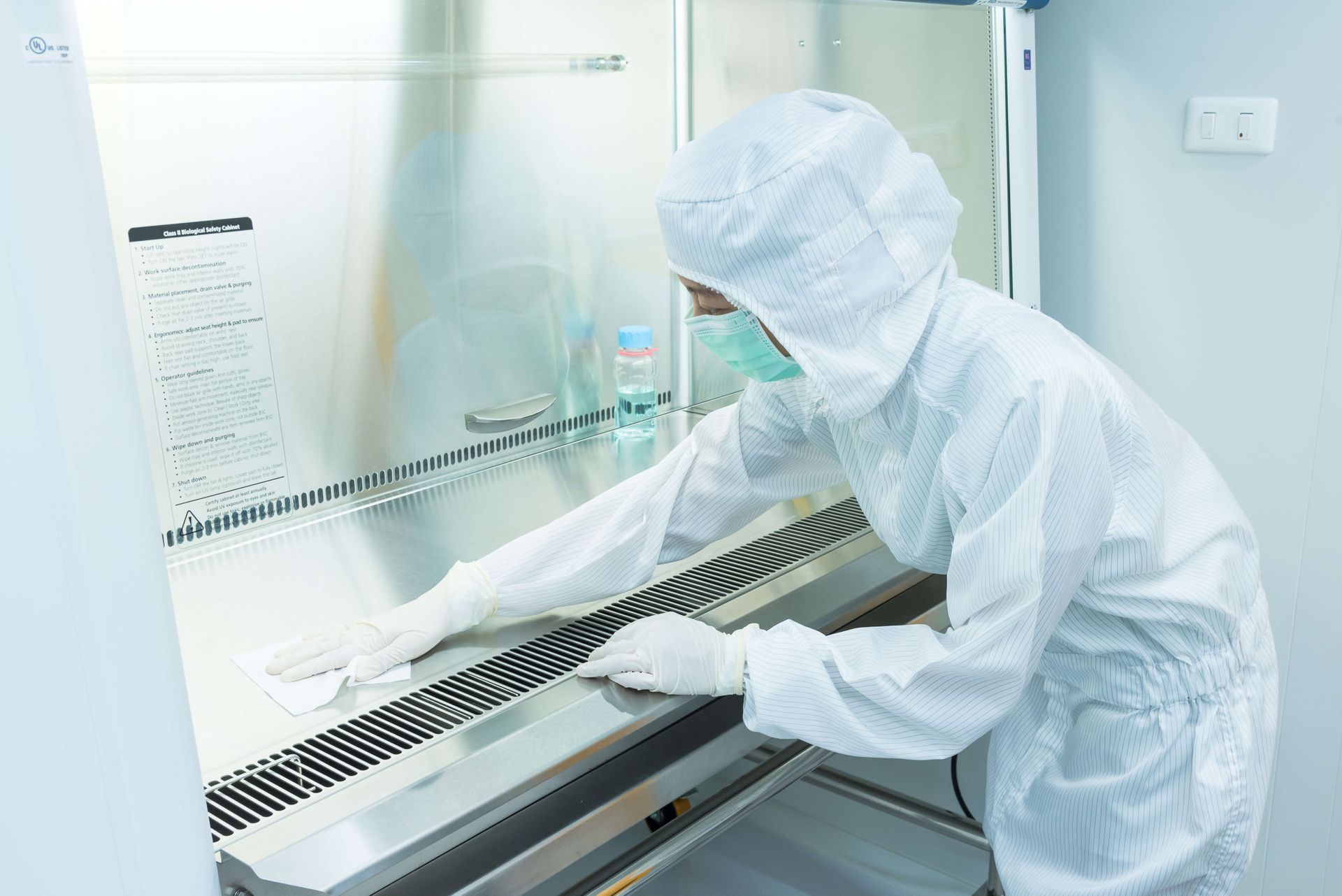FAQs on Developing Potential Cellular and Gene Therapy Products

Introduction
The fields of cellular and gene therapy are transforming medicine by offering potential cures for diseases that were once considered incurable. As interest in these cutting-edge therapies grows, so does the need to understand the complexities involved in their development. This detailed FAQ provides insights into the key aspects of developing cellular and gene therapy products, from scientific foundations to regulatory considerations.
1. What Are Cellular and Gene Therapy Products?
Cellular Therapy:
Cellular therapy involves the transfer of cells into a patient to replace or repair damaged tissue or treat diseases. Examples include:
- Hematopoietic stem cell transplantation (HSCT): Used to treat blood disorders.
- CAR-T cell therapy: Genetically modified T-cells designed to target specific cancers.
Gene Therapy:
Gene therapy aims to modify a patient’s genetic material to treat or cure diseases. This can involve:
- Gene addition: Introducing a new, functional gene to replace a missing or defective one.
- Gene editing: Using technologies like CRISPR-Cas9 to correct mutations within a gene.
- Gene silencing: Suppressing harmful gene expression using RNA interference (RNAi).
2. What Types of Diseases Can These Therapies Address?
Cellular and gene therapies have shown promise in treating:
- Inherited genetic disorders: Such as sickle cell anemia, cystic fibrosis, and hemophilia.
- Cancers: CAR-T cell therapies are effective against certain types of leukemia and lymphoma.
- Neurodegenerative diseases: Experimental therapies target conditions like Parkinson’s and Huntington’s diseases.
- Autoimmune diseases and organ transplantation: Cellular therapies may modulate the immune response to reduce rejection.
3. What Are the Key Steps in Developing These Therapies?
Step 1: Research and Preclinical Development
- Identify Target Disease and Mechanism: Understanding the underlying genetic or cellular cause of the disease.
- Develop the Product: This involves creating the cellular or genetic construct, testing its safety, and ensuring functionality.
- Preclinical Testing: Using in vitro and animal models to assess safety and efficacy.
Step 2: Clinical Development
- Phase 1 Trials: Assess safety and dosage in a small group of patients.
- Phase 2 Trials: Evaluate efficacy and further assess safety in a larger group.
- Phase 3 Trials: Confirm efficacy in a large patient population and monitor side effects.
Step 3: Regulatory Approval
Submitting a Biologics License Application (BLA) or Investigational New Drug (IND) application to agencies like the FDA or EMA.
Step 4: Post-Marketing Surveillance
Monitoring for long-term safety and efficacy in the broader patient population.
4. What Are the Main Challenges in Development?
Scientific Challenges
- Delivery Methods: Ensuring the therapy reaches the target cells or tissues effectively (e.g., viral vectors, lipid nanoparticles).
- Durability of Effect: Determining how long the therapy remains effective and whether re-treatment is needed.
- Off-Target Effects: Avoiding unintended changes to other genes or cells.
Manufacturing Challenges
- Scalability: Producing therapies consistently at a commercial scale while maintaining quality.
- Cost: Gene and cellular therapies are resource-intensive to manufacture and administer.
- Supply Chain: Maintaining the viability of sensitive biological materials during transportation and storage.
Regulatory and Ethical Challenges
- Complexity of Approval: Regulatory pathways can be more complex for these therapies due to their novelty.
- Ethical Considerations: Concerns about germline editing, equitable access, and long-term effects.
5. How Are Gene and Cellular Therapies Delivered?
Gene Therapy Delivery Methods:
- Viral Vectors:Adeno-associated virus (AAV): Popular for its safety and efficiency in delivering genetic material.Lentivirus: Effective for integrating genes into dividing and non-dividing cells.
- Non-Viral Methods:Electroporation: Using electric pulses to introduce genes into cells.Lipid Nanoparticles: Deliver genetic material without viral components.
Cellular Therapy Delivery:
- Intravenous (IV) Infusion: Common for CAR-T cells or stem cell products.
- Localized Injection: For specific tissues like joints or the brain.
6. What Regulatory Pathways Govern These Therapies?
In the United States:
Regulated by the FDA’s Center for Biologics Evaluation and Research (CBER). Key pathways include:
- IND Application: Required to start clinical trials.
- BLA Submission: For market approval.
- Expedited Programs: Including Breakthrough Therapy and Regenerative Medicine Advanced Therapy (RMAT) designations.
In Europe:
- Oversight by the European Medicines Agency (EMA).
- Advanced Therapy Medicinal Products (ATMPs) classification is used for cellular and gene therapies.
7. How Are These Therapies Manufactured?
Manufacturing involves stringent processes to ensure safety, efficacy, and consistency.
Key Steps:
- Cell Collection: Cells are harvested from the patient (autologous) or a donor (allogeneic).
- Genetic Modification: For gene therapies or engineered cells, genetic material is inserted using viral or non-viral techniques.
- Expansion and Culturing: Cells are grown under controlled conditions to the required volume.
- Purification: Removal of impurities or residual materials.
- Formulation and Cryopreservation: Preparing the product for storage and transport.
Quality Control:
Manufacturing must comply with Good Manufacturing Practices (GMP), with rigorous testing for potency, purity, and sterility.
8. What Are the Costs Associated with Developing These Therapies?
Developing cellular and gene therapies is resource-intensive:
- R&D Costs: High due to the complexity of preclinical studies and clinical trials.
- Manufacturing Costs: Specialized facilities and raw materials drive up production costs.
- Regulatory Costs: Meeting regulatory requirements involves significant investment.
Therapies like CAR-T treatments can cost over $350,000 per patient due to these factors. Efforts to reduce costs include automating manufacturing processes and increasing scalability.
9. How Long Does It Take to Develop These Therapies?
The development timeline for cellular and gene therapies ranges from 7-15 years, depending on:
- Complexity of the therapy.
- Regulatory requirements.
- Challenges in clinical trials and manufacturing.
10. What Is the Future of Cellular and Gene Therapy?
Emerging Trends:
- CRISPR and Gene Editing: Making gene editing more precise and accessible.
- Off-the-Shelf Cellular Therapies: Allogeneic cell therapies that eliminate the need for patient-specific products.
- Combination Therapies: Integrating gene therapy with other treatments for enhanced efficacy.
Expansion of Indications:
Expanding from rare genetic diseases to more common conditions like diabetes, cardiovascular disease, and Alzheimer’s.
Global Accessibility:
Efforts are underway to make these therapies more affordable and accessible in low-resource settings.
Conclusion
Developing cellular and gene therapy products requires navigating complex scientific, manufacturing, and regulatory landscapes. Despite the challenges, these therapies hold the potential to revolutionize medicine, offering hope for patients with previously untreatable conditions. By understanding the FAQs covered here, stakeholders can better appreciate the intricacies of this promising field and its profound impact on healthcare.




